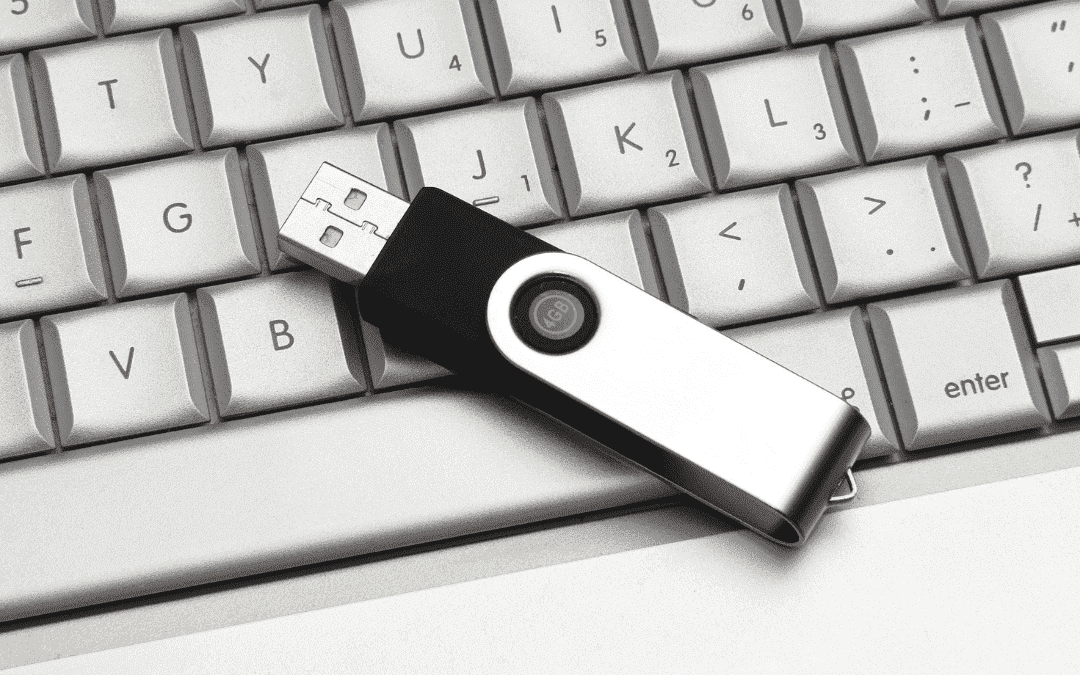Table of Contents
Introduction to Cryptocurrency Security
Cryptocurrency security is essential, especially as digital assets become increasingly valuable and are targeted by malicious actors. One of the most effective methods to secure cryptocurrency assets like Cardano (ADA) is through hardware wallets. These wallets provide robust security by keeping private keys offline, significantly reducing exposure to hacking threats that might affect software or online wallets. This article explores in-depth the functions, benefits, and specific setup steps for securing ADA using hardware wallets.
What Is a Hardware Wallet and Why Use It for Cardano?
A hardware wallet is a physical device designed to store the private keys that control access to cryptocurrency assets offline, away from potential threats. Unlike hot wallets, which connect to the internet, hardware wallets operate offline and are less susceptible to cyberattacks. For Cardano, which emphasizes privacy and security through its Ouroboros protocol and cryptographic innovations, using a hardware wallet aligns well with these values.
Hardware wallets generally come in two types:
- Cold Wallets: Fully offline devices designed to protect assets from remote threats.
- Hot Wallets: Though less common among hardware wallets, some allow for temporary internet access for easy transaction processing.
Each type has unique benefits depending on user needs, with cold wallets recommended for long-term storage and enhanced security.
Benefits of Using a Hardware Wallet for Cardano (ADA)
1. Enhanced Security with Offline Storage
The primary security feature of hardware wallets lies in their offline functionality. By keeping your private keys offline, they remain protected from typical hacking techniques, such as phishing attacks, malware, or keylogging, which could compromise online wallets.
2. Data Privacy
Using a hardware wallet for Cardano also enhances data privacy. With a cold wallet, your ADA holdings remain private, accessible only through the physical device itself. This control is vital for users prioritizing privacy and for those storing larger amounts of ADA.
3. Advanced Security Features
Most reputable hardware wallets come equipped with multiple layers of security. Examples include PIN codes, passphrases, and backup seed phrases that only the owner can access. Additionally, some wallets incorporate tamper-proof hardware to prevent physical attacks. For Cardano, which uses advanced cryptography, pairing it with a secure hardware wallet aligns with the network’s security focus.
Setting Up and Using a Hardware Wallet for Cardano (ADA)
Choosing the Right Hardware Wallet
Choosing the right hardware wallet is crucial. Look for options with:
- Compatibility with Cardano (ADA)
- Cold storage capabilities
- Strong user reviews and security track records
Popular options include Ledger Nano S, Ledger Nano X, and Trezor Model T. These devices have secure firmware and support Cardano’s ADA.
Initial Setup and Security Measures
-
Set Up Your Hardware Wallet: Follow the device’s specific setup instructions to create a new wallet. During setup, the device generates a private key and recovery seed phrase, which are essential for access and backup.
-
Enable Security Settings: Most devices offer additional security layers such as PIN codes, passphrase protection, and two-factor authentication (2FA). These settings should be enabled to maximize protection.
-
Backup Your Recovery Phrase: The recovery phrase is vital as it allows access to your assets if the device is lost or damaged. Store this phrase securely offline, and avoid digital copies, which could be compromised.
Creating a Cardano Address
To receive ADA, generate a new address on your hardware wallet. Some wallets offer hierarchical deterministic (HD) capabilities, which generate new addresses each time you make a transaction, enhancing privacy. This HD system follows standards like BIP32 to generate new keys without compromising the original private key.
How Transactions Work on a Hardware Wallet
Transactions on a hardware wallet typically involve several security layers. When initiating a transaction:
- Verification: The wallet displays transaction details (recipient address, amount, and fees) on its screen.
- Confirmation: The user confirms or rejects the transaction after carefully verifying the displayed information.
- Signing: Once approved, the transaction is signed within the secure environment of the hardware wallet and then broadcast to the Cardano network through a connected client.
Recommended Practices for Maximizing Security
1. Regular Firmware Updates
Ensure your hardware wallet’s firmware is updated regularly. Updates address potential vulnerabilities, enhancing device security.
2. Verify All Transaction Details
When using a hardware wallet, verify all transaction details displayed on the device itself. This step is crucial to prevent potential address change attacks, where a compromised computer may alter the transaction details before they reach the wallet.
3. Use a Dedicated, Offline Computer
If possible, use a dedicated computer for hardware wallet transactions. This added measure minimizes the chances of malware or keyloggers affecting your ADA storage.
4. Utilize Cardano’s Native Security Features
Cardano offers a robust security model with Ouroboros and Proof of Stake (PoS), making it an efficient and secure choice. Using ADA staking within your hardware wallet can add another layer of security as funds remain in your control, and the network rewards you for securing the blockchain.
Top Hardware Wallets for Cardano Security
While there are numerous options, some of the best hardware wallets for securing Cardano are:
- Ledger Nano S / X: Known for durability and security, Ledger’s Nano S and X models are among the most popular choices for ADA storage. With PIN and recovery phrase options, these wallets are both secure and user-friendly.
- Trezor Model T: Trezor is another widely trusted hardware wallet with a touchscreen and a secure chip. The Model T supports ADA, and its intuitive interface is ideal for beginners and seasoned users alike.
This guide provides essential insights into maximizing Cardano security through hardware wallets, presenting best practices and recommended tools. Following these steps will help ensure that ADA and other cryptocurrency holdings remain secure, accessible, and private.
Support the project
Delegate with Pasta Pool
You may delegate even a small part of your Cardano, every contribution is precious for us.
Select [PASTA] from the staking pool list


